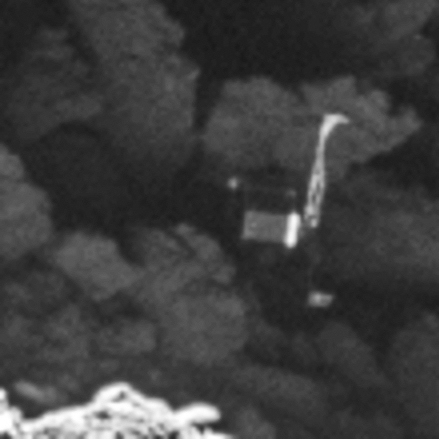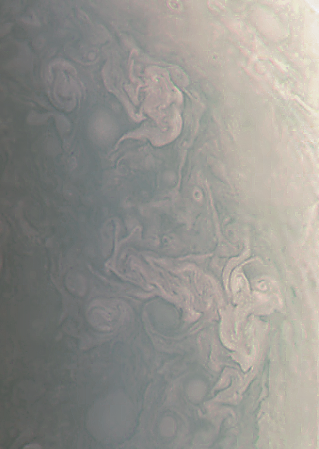During a standard prelaunch static test firing today a Falcon 9 rocket exploded on the launchpad.
Obviously, this will put a hold on all of SpaceX’s upcoming efforts.
- Falcon Heavy: Since the explosion was almost certainly caused by a failure in the first stage, they will have to hold off that first Falcon Heavy demo launch scheduled for this fall, since it uses three first stages strapped together.
- Reused Falcon 9: Similarly, the first launch of a recovered Falcon 9 first stage, also set for the fall, will likely have to be delayed until they determine what went wrong today.
- Reused Dragon: NASA had indicated that one of the cargo missions to ISS next year would reuse a previously flown Dragon. Though this explosion has nothing to do specifically with Dragon, the capsule is launched with a Falcon 9, and thus cannot fly until this investigation is over.
- Falcon 9: SpaceX had been attempting this year to up its launch rate to more than one per month. That will now not happen.
- Red Dragon: SpaceX has said it plans to fly a test Dragon to Mars in 2018, the next launch window. While this explosion will delay the company’s plans over the next year, I expect SpaceX will not cancel that 2018 launch. They have enough time to investigate this failure and fix the cause without missing that window.
- Elon Musk’s Mars speech: Finally, Musk is scheduled to make a major speech on September 26 at the International Aeronautical Congress (IAC) in Guadalajara, Mexico, outlining his company’s future plans to fly to Mars. He almost certainly will have to rewrite that speech.
This launchpad explosion is bad news for SpaceX but it is also very puzzling. I cannot remember the last time a rocket exploded on the launchpad during a static fire test. Failures have in recent years always occurred during the actual launch, when the rocket is flying and is thus exposed to large dynamic forces which can cause the engineering to go screwy. For a rocket to explode at the moment it ignites its engines suggests a very fundamental design fault, which seems unlikely considering the number of launches and static fires SpaceX has completed with the Falcon 9, including numerous prelaunch tests of the rocket’s first stage, both on the launchpad and at the company’s test facility in Texas prior to shipment to the launchpad.
Update: SpaceX has now said that the problem occurred near the rocket’s upper stage during fueling, prior to the actual ignition of the engines.
This news is both good and bad. The good news: It means that the failure had nothing to do with the much tested Merlin engines, which would have suggested a fundamental design flaw previously unseen. That is now clearly not the case. The bad news: The update suggests that the problem might be related to SpaceX’s high density, high pressure fueling, which by lowering the temperature of the tanks allows them to load more fuel and oxidizer. This novel approach, only introduced last year in order to give the rocket greater fuel capacity, might have a design problem that they had not anticipated.







